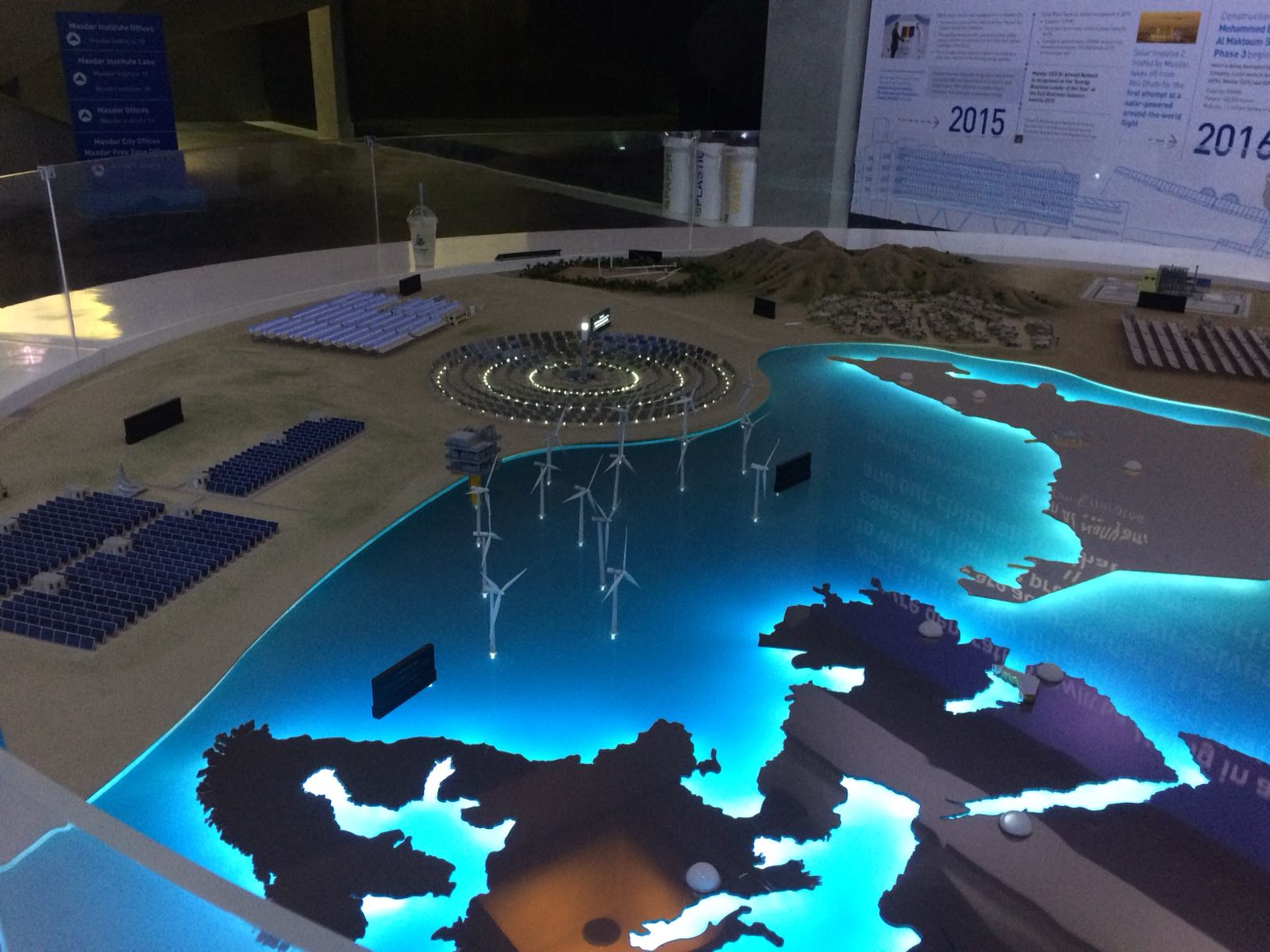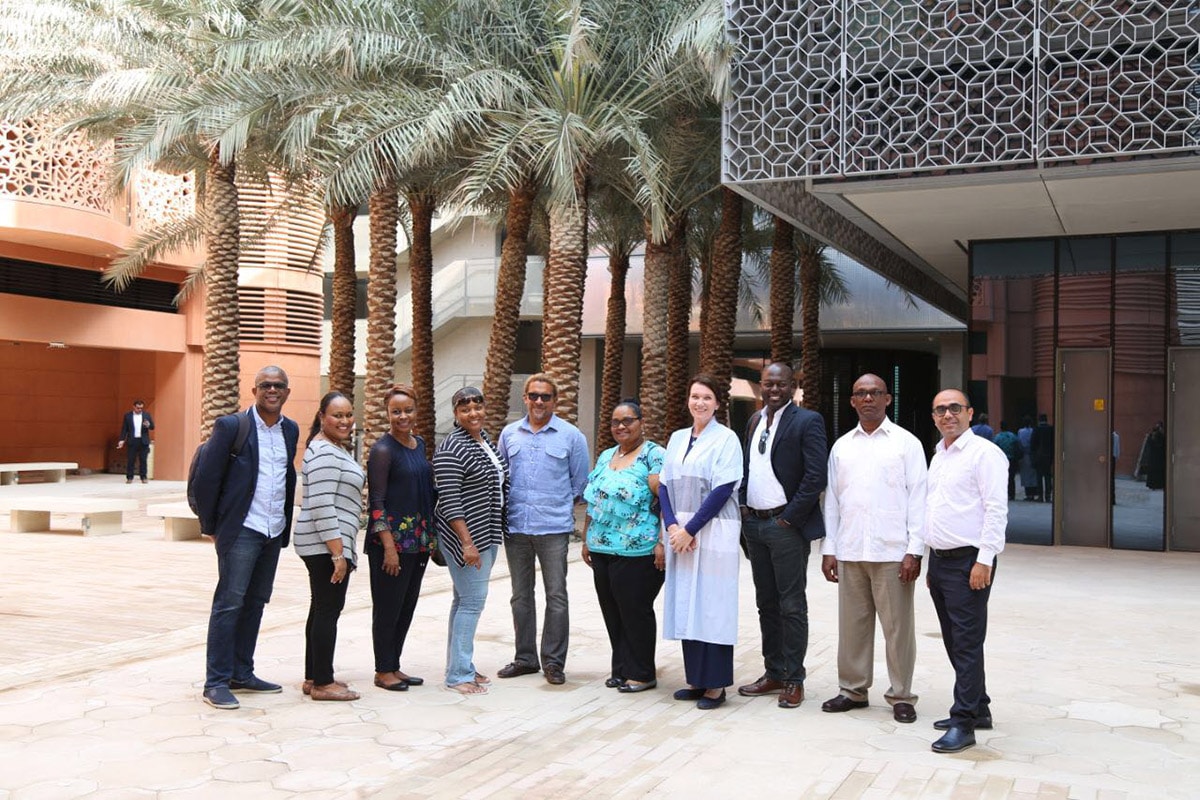
By Dr Ian Bethell-Bennett
The University of The Bahamas
Can we conceptualise change? In our lessons, our lives, our schooling, have we been encouraged to examine a problem and to solve it? Have we been encouraged to dream big and produce along those lines? Usually, to ideate creatively, to innovate, to shift the cultural thinking or vision, we must think critically. This thinking makes some people uncomfortable, yet, this essential skill is wiped out in the Bahamian education system. We are also told that dabbling in art won’t pay the bills, however, to meet the demands of change, we must think creatively. Google, FaceBook, sustainable renewable cities, Worlds fairs, Disney World, are all creative building structures that use winds, the light and the landmass to cool, power, and illuminate are usually created in studios of creative minds that do not conform to linear thinking or conservative paradigmatic control.
In the wider world, people ideate to get out of resource and material binds. They are indeed encouraged to think beyond the limitations of time, space, place and environment. In The Bahamas for the most part, the national ethos discourages this kind of design thinking and reflection. In fact, our perception of art is that it must be something pretty to adorn a wall. Dubai and other places in the world understand that this ideation shifts reality and culture essential to their survival and success. The Masdar Institute in Abu Dhabi is a salient example of this; driverless cars were envisaged and then designed here. Now, of course, they have moved on from the initial prototype to the next level.

A model of sustainability at the Masdar Institute in Abu Dhabi, UAE.
There is an unusual confluence of events with the upcoming “We Suffer to Remain” the British Council and National Art Gallery of The Bahamas collaborative show opening in a few short weeks-March 22nd–that brings together the history and legacy of slavery with the creativity or interpretation and design. To be able to design, one must think through a process of creating matter that can function or exist without falling apart, so there is form, and there is a function. We tend to be controlled by the function over the form or the function of the form rather than how messages and interpretations are carried through the combination of energy and stasis, which is what I see in Anina Major’s body of sculptural work for the exhibition.
Sonia Farmer’s “A True & Exact History” carries the paper and materiality of substance to a less hard, but still cutting presence that can unfix ideas of the present through rereadings of the past. These two artists’ work combined with Graham Fagen’s musical and artistic visionary installation of light, movement and sound and John Beadle’s installation of forms held in bondage speak to our inability to accept, work with, deconstruct and move through the physicality and the imaginary of the past.
We often think of the materiality of history as being locked in old buildings that successive governments and business people have bulldozed to make space for postmodernity. However, history is also dematerialised in an extremely material way as it creatively and traumatically manifests in us and through us. There is always a physicality as well as an experience of in and with our space. In The Bahamas, we now need to consider how we design our lives to meet new demands. The work presented in this show strips away some of the old blinders to historical silences and omissions or erasures and allows the discussion to begin so that we can move on.
Dubai Expo 2020, like the World’s Fairs before it, provides countries and companies with an invaluable and incomparable opportunity to expose their creativity to the world. The General Electronic (GE) Pavilion in New York 1939, provided GE with the space to render dreams visible and change the way people on the streets saw their lives and imagined themselves. A television studio and an x-ray machine, all new concepts for that age, were featured in the pavilion. This design thinking was only facilitated by creative minds and the industry push to invent through research and design development. If we look back at the 1930s and 1940s, we can see how much these now mundane inventions would have been harbingers to change. The creators or scientists and inventors responsible for the engineering and design advancements were thinking through images; they were able to ideate creatively, to create a need for something different and to fill and feed that need. If we think of Disney World of the 1970s and 1980s, the concepts were way out there, yet they quickly became a reality. Many of those were created through imagination and artistic collaboration with design thinking and ideating outside of the day-to-day, but with just enough truth to keep it graspable.

Team Bahamas Expo 2020 at Masdar City, Abu Dhabi, UAE. Images by Dr Ian Bethell-Bennett
As team Bahamas attended Chamber of Commerce meetings in Dubai that showcased Latin America and the UAE’s interest and investment in doing business with this hemisphere, it became apparent that as a Small Island Developing State (SIDS), we must empower ourselves through our ability to vision and re-envision our future. As a country at risk of drowning, we have a particular kind of challenge. Brutally high seas this week demonstrates our need to conceptualise differently how we develop physically in our space.
We must allow youngsters to think about glass not being fragile, as we see in Major’s work, but of being strong. As we explored the Art and Design District on Alkersal Avenue in Dubai, where artists, innovators and designers, as well as thinkers who ideate their way out of heat and dust come together to form one of the lowest impact yet great spaces for creativity and design in the Gulf Region. We can learn from this kind of freedom of thinking. This is not about art for art’s sake, but art for the functionality and the design challenge it presents as it makes us perceive ourselves differently.
Returning from Dubai, the walkthrough JFK airport in New York demonstrated what we had experienced in other ways. The iconic TWA terminal was being updated; they had kept the old shell of curves and waves, and added a modern building that will be fore-grounded by the architectural pearl. The mixing of history and ancient design with modernity, much as experienced in Rome, is essential. Can we look to the past to create a future that is sustainable and innovative?
Expo 2020 Dubai allows us a moment to do just that. Getting there requires vision, creating involves imagination and sustainability need fusing ideation and creative design to answer the problems of sea level rise and climate change in a SIDS that undervalues its arts and hardly allows the success of STEM or STEAM subjects. We must open a new window to new ways of understanding past and building the present and future, much like what the work in “We Suffer to Remain” will do. We must think design, think innovation and envisage the future while experiencing culture. Nothing holds us back more than a refusal to imagine